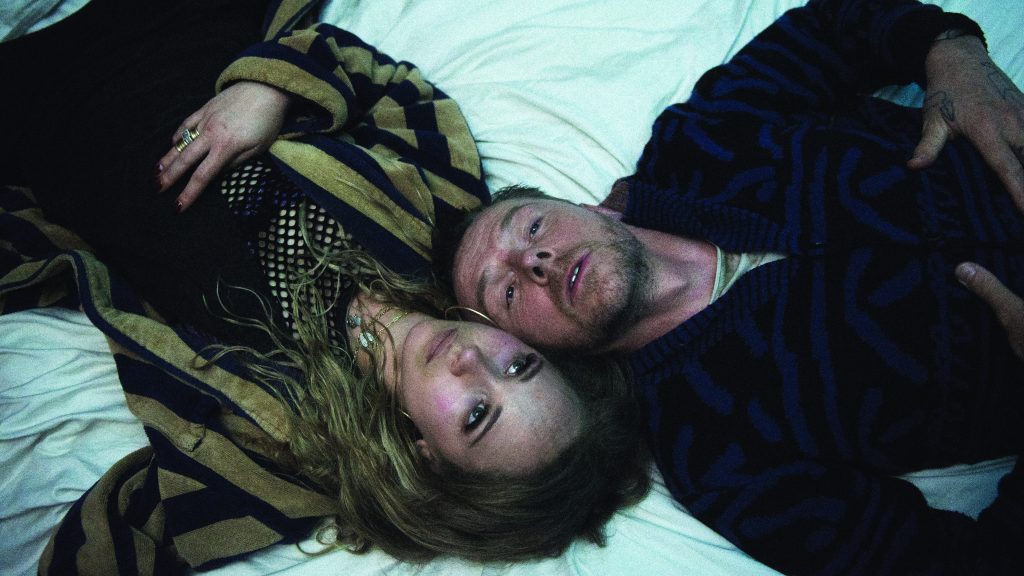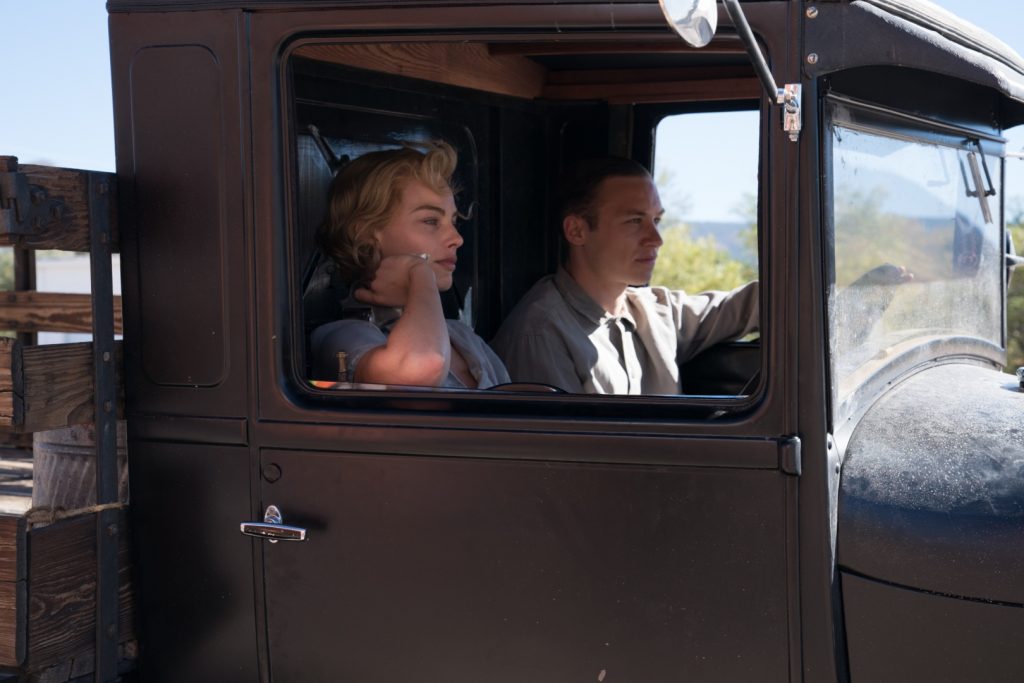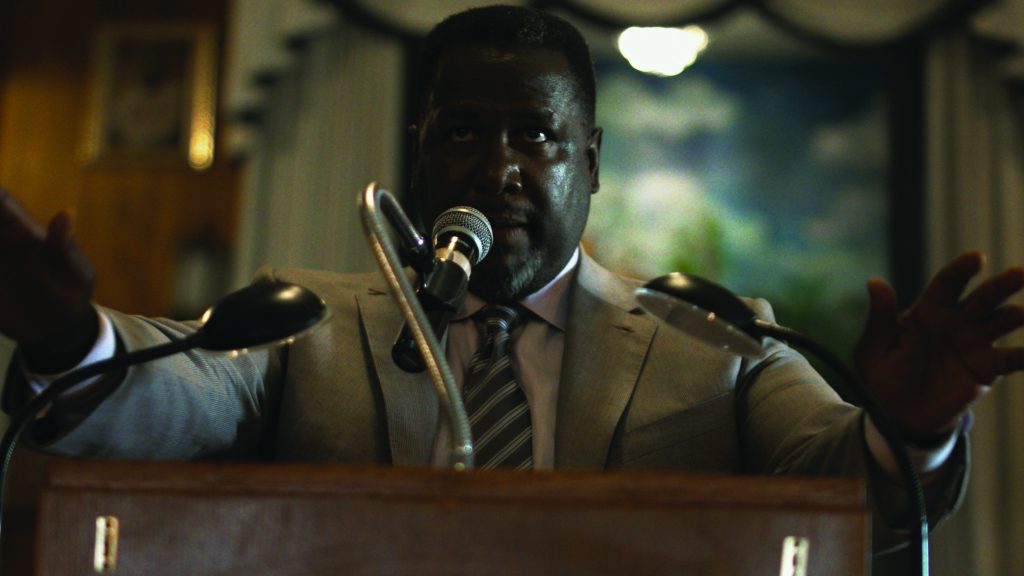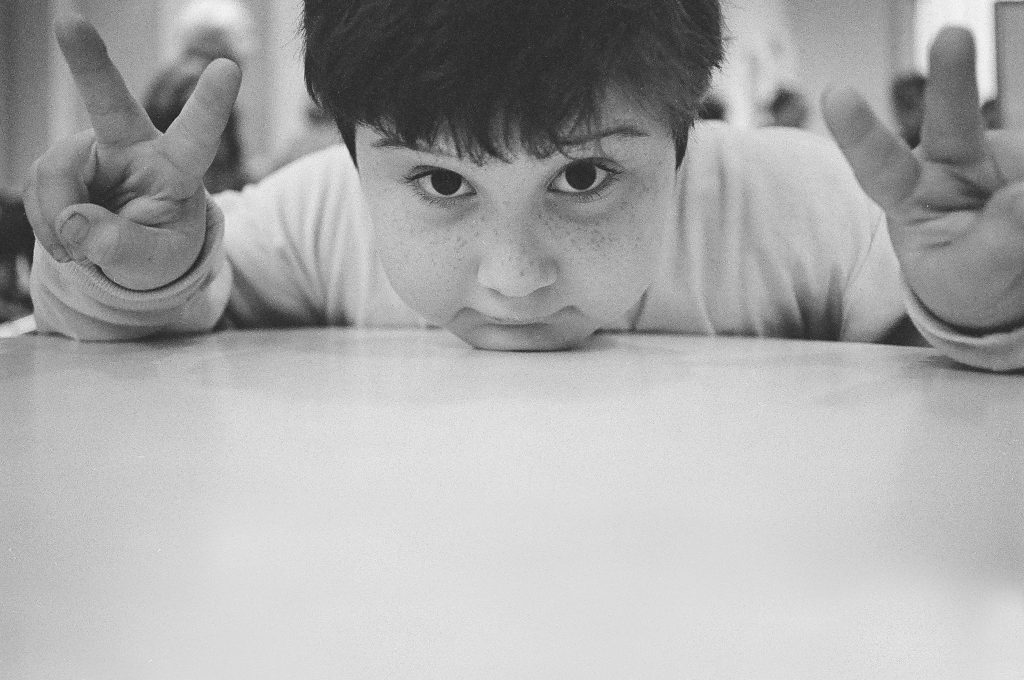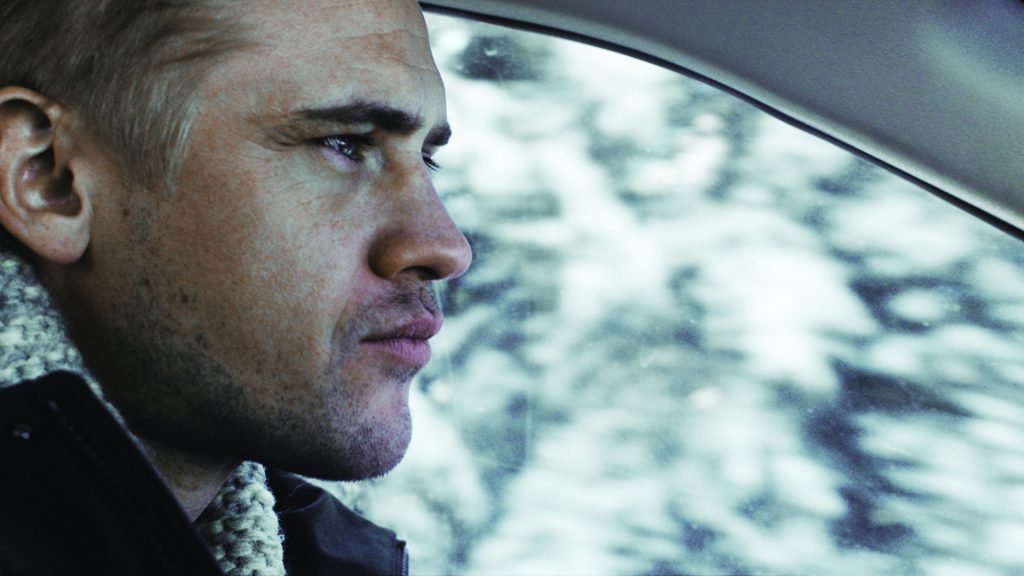April 29, 2019
by Carla Hay

“Making Waves: The Art of Cinematic Sound”
Directed by Midge Costin
World premiere at the Tribeca Film Festival in New York City on April 29, 2019.
“Making Waves: The Art of Cinematic Sound” is the type of documentary that is best seen in a movie theater, where the film’s impressive sound editing and sound mixing can be best appreciated. It’s also the kind of documentary that some might consider too technical for their tastes, but it’s a must-see for cinephiles, film students or anyone who cares to find out more about the history of sound in film.
The movie does a quick run-through of the transition between silent films and “talkies” to get to the heart of the film—the movies and filmmakers who’ve had the most influence on today’s cinematic experiences. Like a classroom presentation at a film school, “Making Waves” takes a somewhat academic approach in describing the different components of sound in cinema. And that’s probably because “Make Waves” director Midge Costin is an Oscar-nominated sound editor who’s also a professor of sound at USC Film School. The movie divides the discussion intro three categories: voice, sound effects and music. In the voice category are production recording, dialogue editing and ADR (automated dialog replacement). In the sound effects category are SFX, Foley and ambience.
“Making Waves” also interviews many of the top filmmakers in the industry, including Steven Spielberg, George Lucas, Christopher Nolan, Alfonso Cuarón, Sofia Coppola, Ang Lee, Ryan Coogler, Robert Redford, David Lynch and Barbra Streisand. Sound designers/editors interviewed in the documentary Walter Murch (a longtime collaborator with Francis Ford Coppola), Ben Burtt (a favorite of George Lucas), Bobbi Banks (“The Fate of the Furious,” “Straight Outta Compton”), Anna Behlmer (“Moulin Rouge!”, 2009’s “Star Trek”) and Gary Rydstrom, who’s worked on numerous Steven Spielberg movies.
The documentary takes the position that sound in cinema really began to hit its stride in the 1970s, with movies like “The Godfather” and “Star Wars.” There are several movies that are singled out for their pioneering sound. The 1976 version of “A Star Is Born” is credited with being the first to fully utilize stereo effects in sound editing. Streisand, who starred in the movie and was one of the film’s producers, tells a story in “Making Waves” about how she had to pay $1 million of her own money for the sound, and Warner Bros. Pictures ended up being so impressed with the movie’s sound quality that the movie studio ended up covering the $1 million cost.
Coppola’s 1979 masterpiece “Apocalypse Now” pioneered surround sound, while 1995’s “Toy Story” is considered a breakthrough animated film for sound. Other movies whose sound is given a spotlight in “Making Waves” include “Jurassic Park,” “Argo,” “Top Gun,” “Selma,” “Inception,” “Ordinary People,” “Brokeback Mountain” and “A River Runs Through It.” As for music in movies, the Beatles are credited with being pioneers on screen, as well as being major influences on filmmakers who were fans of the band. “Making Waves” also has interviews with famous composers such as Hans Zimmer and Ludwig Goransson, who gives a demonstration of how he crafted his Oscar-winning score for “Black Panther.”
Although a few of the people interviewed in “Making Waves” come across as bit dull, “Making Waves” is still worth seeing for the way it gives valuable history lessons in cinema. Just don’t watch this movie on a phone or a computer, or you’ll be missing out on the full sound experience of the movie and the reason why this documentary exists.
UPDATE: “Making Waves: The Art of Cinematic Sound” opens in New York City and Los Angeles on October 25, 2019. The movie expands to more cities in the U.S. and Canada, beginning November 1, 2019.





